
Better known to film fans for her bawdy screen performances and her ever-quotable double entendres, Mae West was a Brooklyn native and fixture of the NYC theater scene long before moving to Hollywood in 1932 and cementing her reputation as the “Queen of Sex.”
Mae West was so tied to NYC’s early 20th century that many neighborhoods – like Woodhaven, Queens, where a plaque at 89-05 88th Street marks a former home, and the Upper West Side, where Mae owned a townhome at 266 West End Avenue – can boast of her, but no community figures more prominently in her history than our very own Bushwick.
Mae West – born in Bushwick (probably)
Born Mary Jane West in her family home on August 17th, 1893, Mae’s exact birthplace remains a point of contention, with Bushwick and Greenpoint both laying claim to that title. Part of the confusion might arise from Mae herself. On a homecoming tour of Brooklyn in the 1930s, Mae reportedly told the press she was born on Willoughby Avenue between Greenpoint and Bushwick. That location, even if we consider the possibility that she meant Greenpoint Avenue and Bushwick Avenue, does not seem to exist on maps from today, nor from that time period.
By and large, the overall consensus is that Mae was, in fact, born in Bushwick, though the family proceeded to move frequently throughout North Brooklyn. Biographies suggest Mae lived at undetermined addresses on Herbert Street, Meeker Avenue, Humboldt Street, Varet Street, and Linden Street, to name a few. However, the family’s ever-changing residences were only as frenzied as Mae’s growing schedule. Making her professional debut at age 7 – performing as “Baby Mae” at Downtown Brooklyn’s since-demolished Royal Theatre (15 Willoughby Street) – Mae would become well-known on the vaudeville circuit, and by 1907, she joined Hal Clarendon’s Stock Company of dramatic actors.
Bushwick accent is sexy
Despite the frequent moves, the West family appeared to build its strongest ties to Bushwick and its bordering community of Ridgewood. In fact, Mae’s famed manner of speaking was thought to exemplify what one writer called the “Bushwick Avenyah” accent – an accent that was once described as more of a “dialect, like Cockney,” that was “a life-long affliction.” Mae’s Bushwick was an “enclave of German-born brewmasters,” with 14 breweries operating in the area by 1890 and, fittingly, the community was largely occupied by German immigrants. Amongst them was Mae’s mother, Matilda “Tillie” Delker, who moved from Bavaria in 1886 and later married Mae’s father, “Battlin’ Jack” West, a former prizefighter who was, according to Mae, an “epic figure in Brooklyn.”
By the age of 14, Mae was dating Joe Schenck, a vaudeville performer who was said to rehearse with his partner, Gus Van, on Saturday nights at Mae’s family home on Bushwick Avenue. While that address is unknown, in a 1970 interview, Mae declared, “Tomorrow I’m going out to Bushwick – we lived next door to Mayor [John] Hylan – to see what’s left of the old place.” Hylan, the mayor of New York from 1918 to 1925, was a longtime Bushwick resident who lived at 959 Bushwick Avenue in the line of Italianate Rowhouses that span from 945 – 965 Bushwick Avenue (between Bleecker and Menahan).
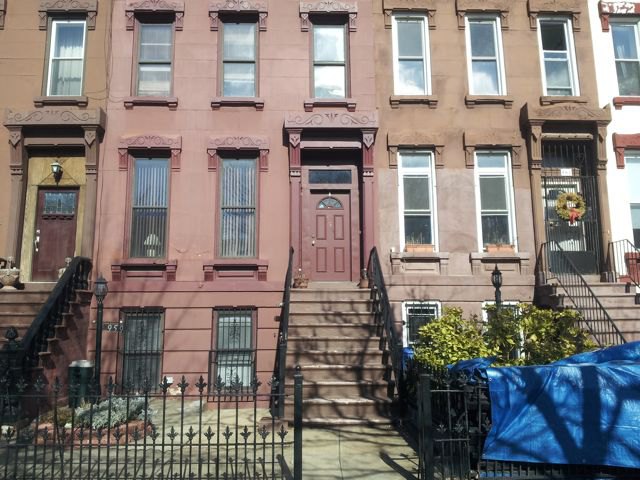
It was likely around this time that Mae was a student at Ridgewood’s P.S. 81Q (559 Cypress Avenue, between Bleecker and Menahan), where a former classmate once recalled a teacher criticizing her frequent absences. Reports vary, but some believe that Mae had effectively dropped out of school by age 13 to pursue her growing stage career.

Mae and her family were residing at 421 Stanhope Street (between Cypress and St. Nicholas Ave) by 1910, at which point Mae’s acting resume was growing. In fact, in the 1910 Census report, a 17 year-old Mae was listed as having the profession of “actress, vaudeville.” By 1911, she began performing on Broadway, making her debut in a “satirical burlesque” entitled A La Broadway.
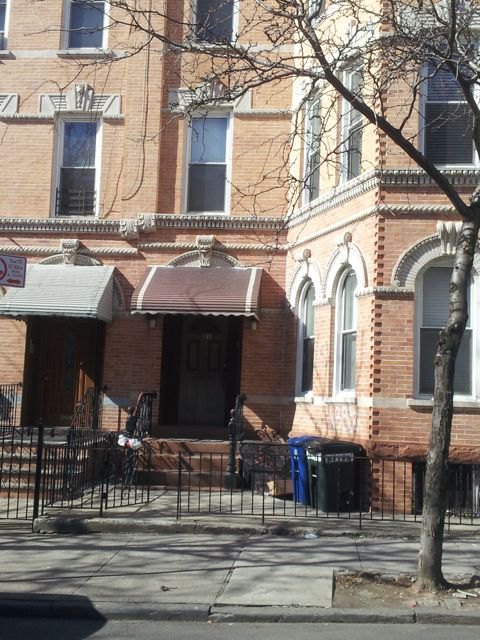
On becoming a Broadway legend/jain inmate
While Mae continued to work as an actress, it wasn’t until 1926 that she became an instant legend with the Broadway debut of her own play, Sex. Controversially set it in a Montreal brothel, and featuring Mae as a prostitute, the salacious show ran for 11 months before the acting mayor raided the show in 1927, arresting Mae and at least 20 cast members on charges of indecency. When asked by the presiding judge if she was “trying to show contempt” for the court, she famously responded, “On the contrary, your Honor. I was doin’ my best to conceal it.”
Refusing to close the show to avoid charges, Mae was later found guilty of “corrupting the morals of youth” and sentenced to 10 days of jail (“10 days on principle,” according to her), 9 of which were spent at a workhouse on Welfare (now Roosevelt) Island. (The other day was spent at the Women’s House of Detention, now the site of the West Village’s Jefferson Market Garden.) The jail time only increased her celebrity, and when a magazine paid her $1,000 for an exit interview, Mae used the money to create the Mae West Memorial Library for female prisoners.
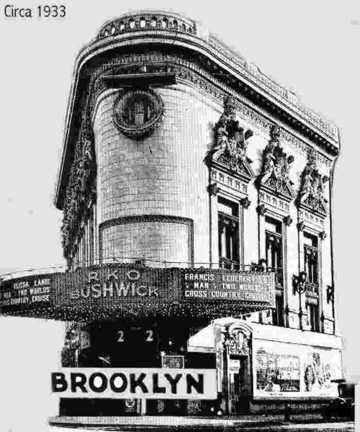
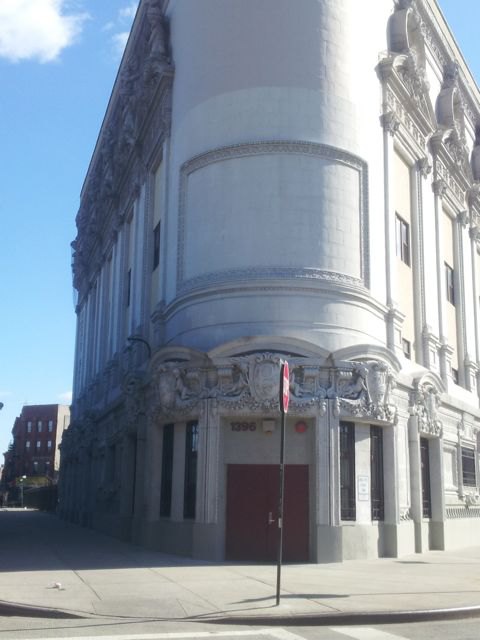
“Fallen woman” and gay characters
While Mae’s plays continued to raise eyebrows (including 1927’s The Drag, often called the first to portray gay characters in a sympathetic light), in 1928, Mae opted to debut her latest play, Diamond Lil, in Bushwick. At the time, Bushwick was the site of a strong theater scene, with RKO Bushwick (1396 Broadway, between Howard and Madison), Loew’s Gates (1340 Broadway, between Quincy and Gates), and Empire Theater (10 Ralph Avenue, between Quincy and Lexington), which was known as a burlesque house before a police crackdown in the 1930s.
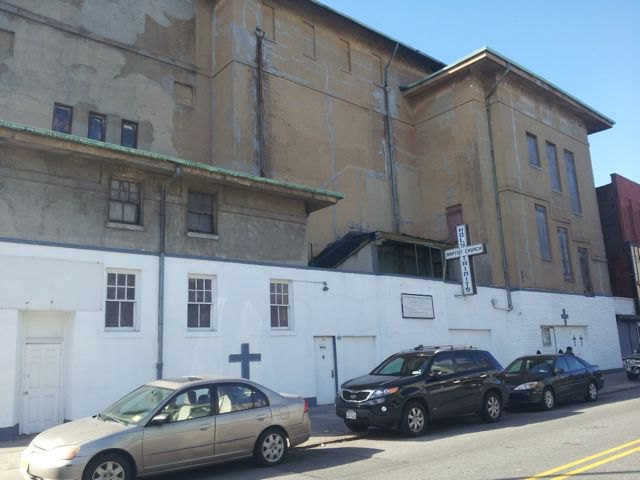
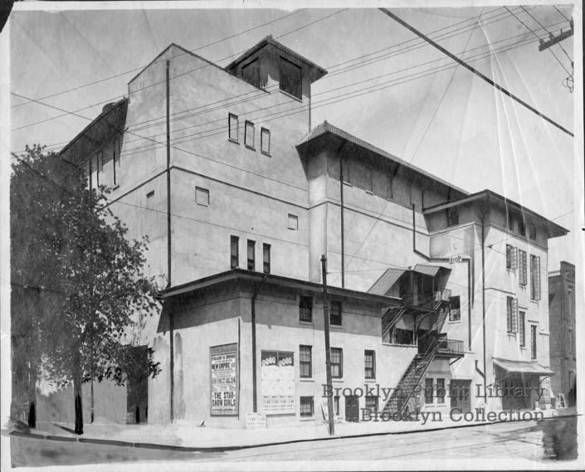
Diamond Lil was the story a “fallen woman” in seedy 1890s Bowery, and rumor has it that Mae funded it herself by selling her diamond bracelet collection. It ran for five days of previews at Teller’s Shubert Theater (once the Century Theater), at 850 Monroe Street (between Ralph and Howard), before moving to Broadway, where it became Mae’s first critical success. The show, which ran for 176 performances, later served as the inspiration for her “Lady Lou” character in 1933’s She Done Him Wrong, which she starred in opposite Cary Grant.
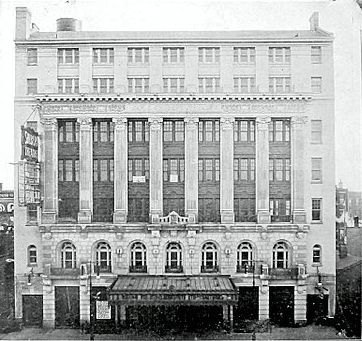
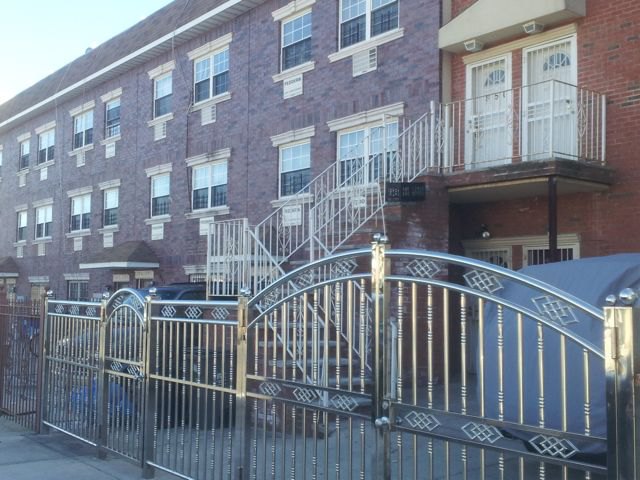
From Bushwick to Hollywood
When another of her play’s, 1928’s The Pleasure Man, was raided and cited again for indecency, Mae’s stardom was further solidified. By 1932, Mae opted to try her hand in the motion picture industry and moved to Hollywood’s Ravenswood Apartments, where she remained until her passing in 1980. During her time in Hollywood, she made just 12 feature films but she made such an impact on audiences that the American Film Institute named her one of the greatest female film stars of all time.
Reportedly fearful of ground burial, Mae was laid to rest alongside her family in the Cypress Hills Abbey, the most elevated mausoleum at the Cypress Hills Cemetery (833 Jamaica Avenue) on the Brooklyn/Queens border – a fitting place for a woman who spent her early adulthood crossing those boroughs with her family.
With a career spanning film, theater, radio, television, and even the occasional studio album, perhaps Bushwick’s own Mae West lived true to her own saying – “You only live once, but if you do it right, once is enough.”


